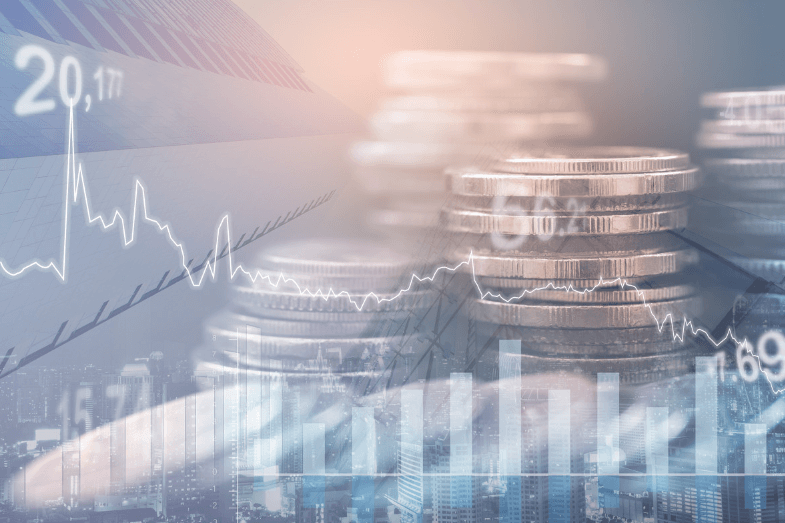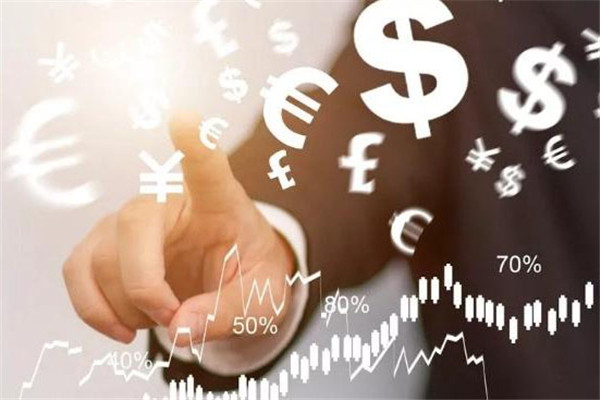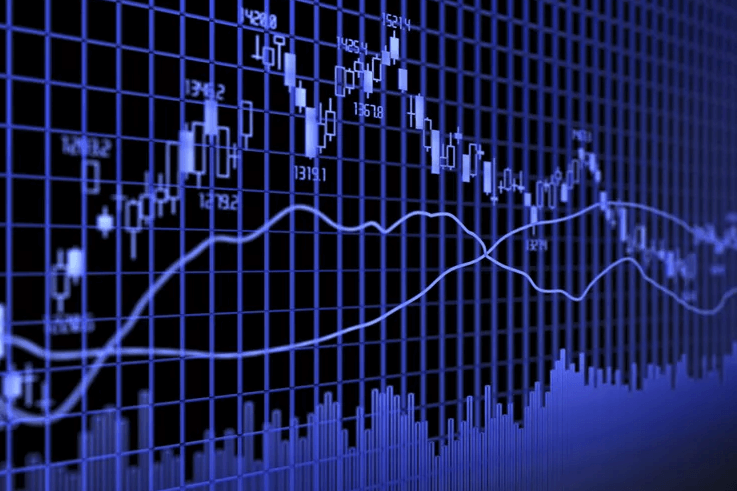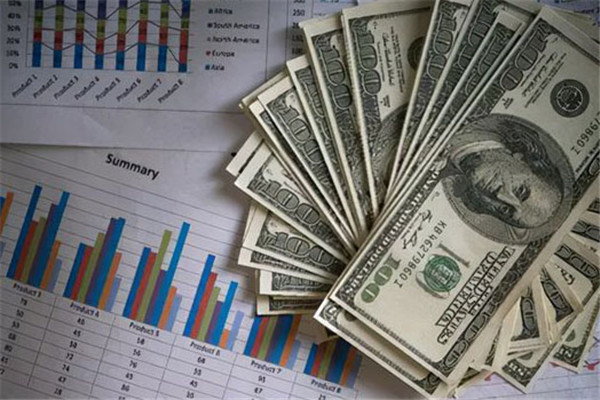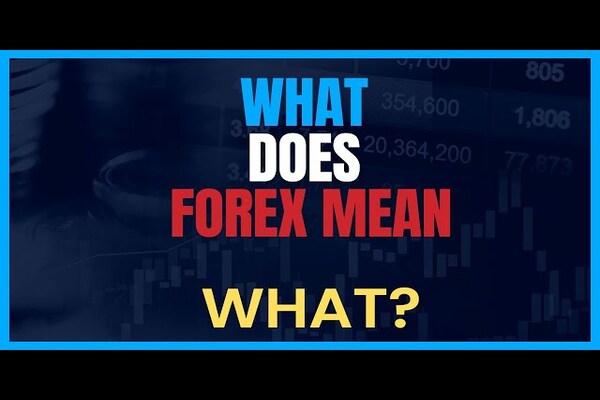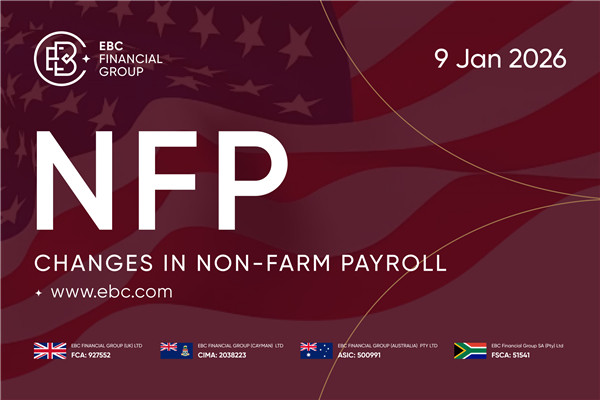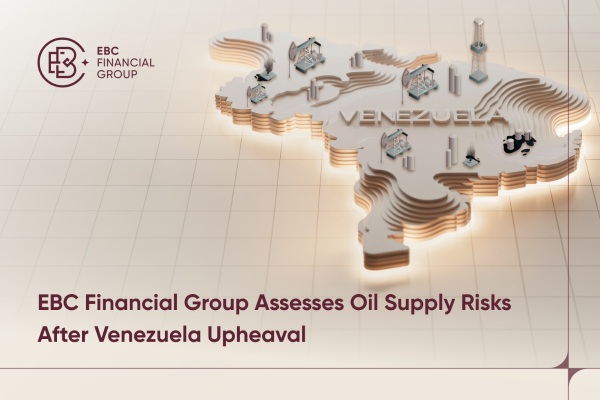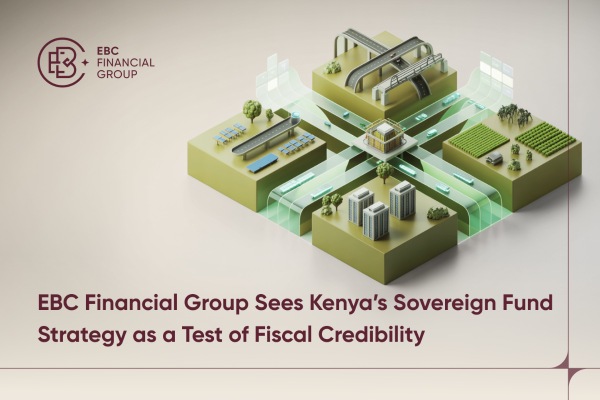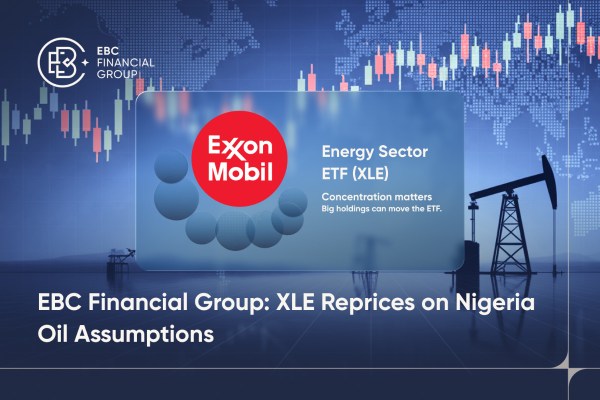It has an important role to play in the economy, which is related to the stability and prosperity of the country, the international development of enterprises, and having an impact on personal investment. It is important to keep an eye on it, whether it is the country, the company, or even the individual. This is the exchange rate.
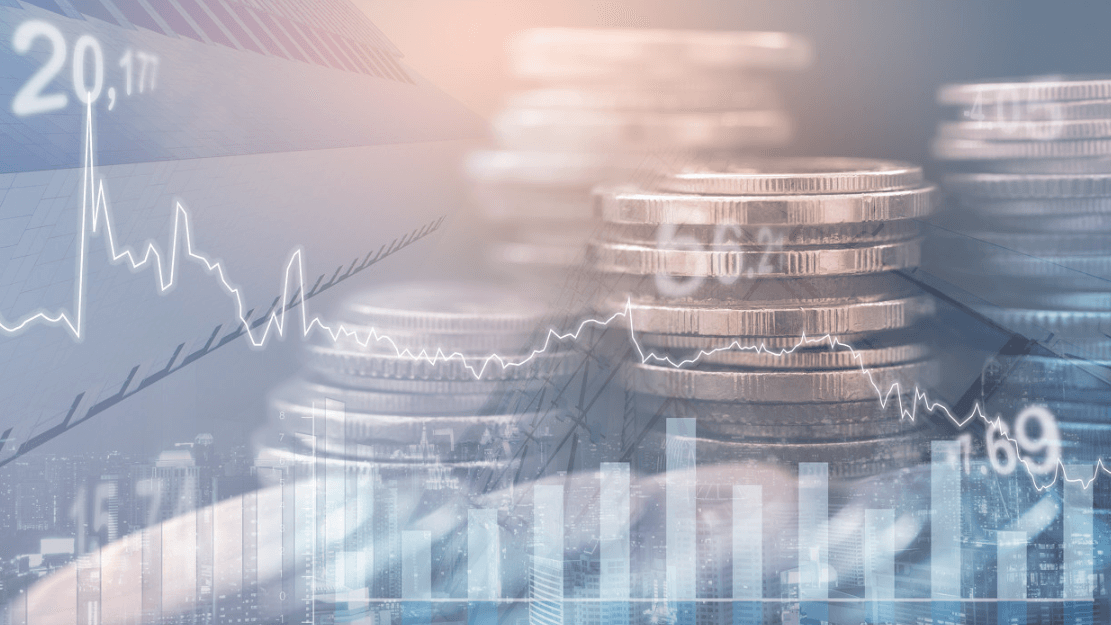
How Exchange Rates Determine Currency Value?
It is the rate of exchange between two different currencies, i.e., how many units of one currency can be exchanged for another. It is the price on the international currency market, which reflects the relative value between the currencies of different countries.
It is expressed in the form of two currencies, one of which is known as the base currency and the other as the quote currency. For example, in the dollar-euro exchange ratio, the dollar is the base currency and the euro is the quote currency. If the exchange ratio is 1.18. this means that 1 US dollar can be exchanged for 1.18 euros.
It can be fixed or floating.
Fixed is set by the government or central bank of a country or currency area to keep the currency relatively stable. In a fixed exchange rate system, the government usually intervenes in the market to keep the exchange rate at a specific level.
Floating ones are determined by market supply and demand and vary with fluctuations in the foreign exchange market. Most countries adopt a floating exchange rate system, which is influenced by market factors and can either float freely or be regulated to a certain extent.
Its movements are influenced by a variety of factors, including economic indicators, interest rate levels, political stability, trade conditions, and international investment. Investors, businesses, and governments need to take fluctuations in exchange rates into account when trading internationally, investing, and trading in foreign exchange, as this can affect their costs, revenues, and profitability.
When it comes to currencies with the highest exchange rates, what might come to mind would be the US Dollar, the Pound Sterling, or the Euro, some of the richest countries in the world. But the fact is that the highest currency has the highest value in terms of when it is exchanged with the Indian rupee. The current highest currency in the world, the Kuwaiti dinar (KWD, has been the highest currency for a very long time due to the stability of the oil-rich country's economy. Of course, the highest currency does not mean that it is the strongest currency. While the US dollar is not the highest currency, it is the most traded and strongest currency in the world.
Meaning of exchange rate
| Type |
Description |
| Representation |
Expressed with one currency as the base and another as the quote. |
| Numeric |
Shows base currency units exchangeable for quote currency units. |
| Fixed |
Set by authorities to maintain currency stability. |
| Floating |
Determined by market demand and supply. |
Key Factors Affecting Currency Value
Its determination is a complex and multifaceted process, influenced by a number of factors. Its main determinant is the supply and demand for money in the foreign exchange market. If the demand for money in a country exceeds the supply, the value of its currency may rise; conversely, if there is an excess supply of money, its value may fall.
Its ultimate determination is also influenced by a number of factors. First is the balance of payments position, which is the most direct factor affecting its movement. If a country exports more goods and services than it imports, there is a trade surplus. That is, the country earns more foreign exchange and spends less foreign exchange. That is, if the supply of foreign exchange is higher and demand is lower, then it will naturally fall, and the currency will also appreciate.
On the contrary, if a country's exports of goods and services are greater than its imports, there is a trade deficit. That is, earn less foreign exchange and spend more foreign exchange. The supply of foreign exchange is low and the demand is high, at which point the foreign currency exchange rate naturally rises and the currency is under pressure to depreciate.
The second economic growth rate If the country's economy can continue to grow, it means that the country's technical level is constantly improving, and international competitiveness will be enhanced. Through the export capacity of foreign trade, which can also grow steadily, the supply of foreign exchange will increase significantly. The country's currency will gradually appreciate, while sustained economic growth indicates that the country has better investment opportunities and a higher return on investment, which will attract a large amount of foreign capital into the currency.
The third interest rate differs. With the integration of the world economy, capital flows between countries are becoming freer. If the level of interest rates in one country is higher than in other countries, the return on deposits in that country will be higher than in other countries, which will attract foreign capital inflows. An increase in the supply of foreign exchange leads to Currency Appreciation, so some countries run deficits in their balance of payments. And when the currency depreciates, the national interest rate is raised to attract foreign capital inflows to solve the problem of the depreciation of the national currency. Of course, this is only one option; there are many countries that even let the national currency depreciate, so that can also increase exports.
Fourth, fiscal and monetary policy Tight monetary policy and expansionary fiscal policy tend to make the currency appreciate. Expansionary fiscal and monetary policies make the economy inflation, and the currency will likely depreciate. But at the same time, expansionary fiscal and monetary policies are likely to make the economy grow faster. It is also possible that there will be an influx of foreign capital, and the currency is likely to appreciate. So the final effect depends on the combined impact of these two policies.
Fifth, inflation rate. If a country has a higher inflation rate, it means that the purchasing power of that country's currency has declined. Relative to a country with a lower inflation rate, there is naturally pressure for the currency to depreciate. On the other hand, if a country's inflation rate is lower than that of other countries, there is a tendency for its currency to appreciate.
How the exchange rate is determined
| Determinants |
Description |
| Money supply and demand |
Excess demand strengthens, while excess supply weakens, a currency. |
| Balance of Payments |
Surpluses boost foreign exchange supply; deficits raise demand. |
| Economic growth rate |
Sustained growth attracts foreign investment, bolstering foreign exchange. |
| Interest rate differentials |
High interest rates attract foreign investment, boosting foreign exchange supply. |
| Fiscal and monetary policy |
Tightening policies may appreciate; expansionary policies may depreciate. |
| Inflation rate |
High inflation may lead to currency depreciation. |
What are the Pricing Methods of Exchange Rate?
Direct quotation: It generally indicates the rate at which the national currency is converted into the foreign currency. In this method, the value of the national currency is used to express the value of one unit of a foreign currency. Direct quotation is usually used for stronger currencies.
Example: The direct markup of the US dollar against the euro is 1.18. This means that 1 US dollar can be exchanged for 1.18 euros.
The formula for calculating the direct markup exchange rate is: domestic currency ÷ foreign currency
Indirect quotation: it generally indicates that the foreign currency is in the national currency rate. In this method, the value of the foreign currency is used to express the value of one unit of the national currency. Indirect quotation is usually used for weaker currencies.
For example, the indirect markup of the euro against the US dollar is 0.85. This means that 1 euro can be exchanged for 0.85 US dollars.
Formula for calculating the indirectly marked exchange rate: 1 ÷ direct markup
These two methods of marking provide different perspectives, and investors need to understand them according to the way the market is marked when trading forex. It is important to note that the direct and indirect markups are usually an inverse pair and are converted by taking the reciprocal.
Direct and indirect methods of valuation of exchange rates
| Currency Units |
mark-up method |
Calculation formula |
| National Currency Unit |
Direct pricing method |
National currency ÷ Foreign currency |
| Foreign currency unit |
Indirect Mark-up Method |
1 ÷ direct mark-up |
Disclaimer: This material is for general information purposes only and is not intended as (and should not be considered to be) financial, investment, or other advice on which reliance should be placed. No opinion given in the material constitutes a recommendation by EBC or the author that any particular investment, security, transaction, or investment strategy is suitable for any specific person.
